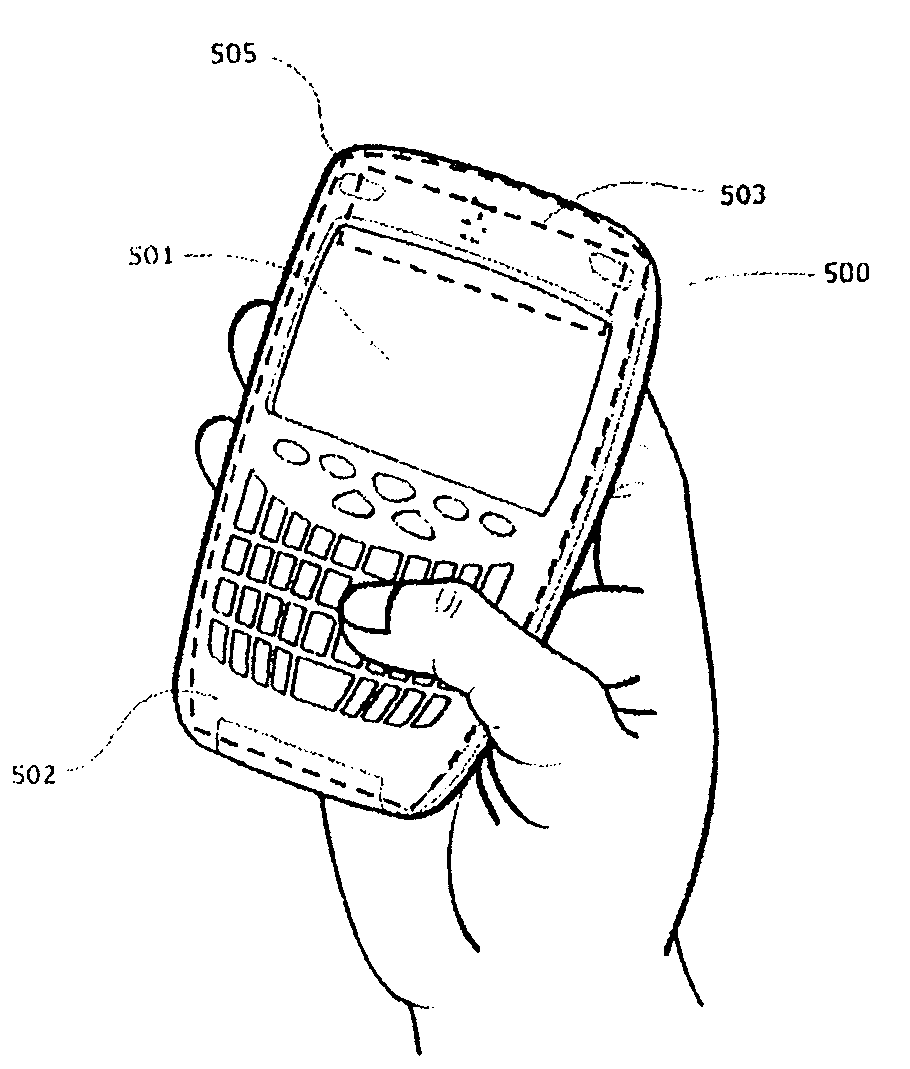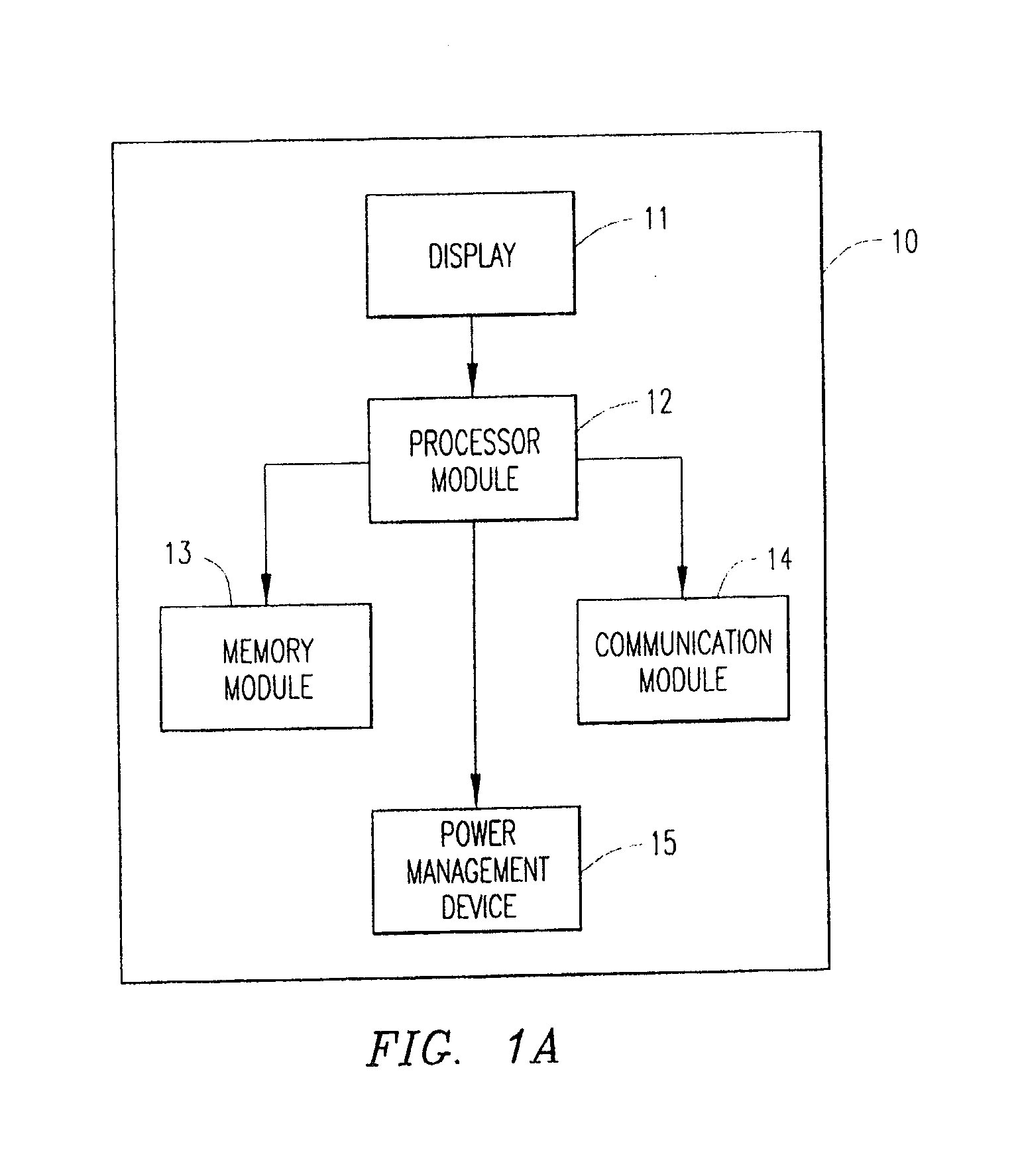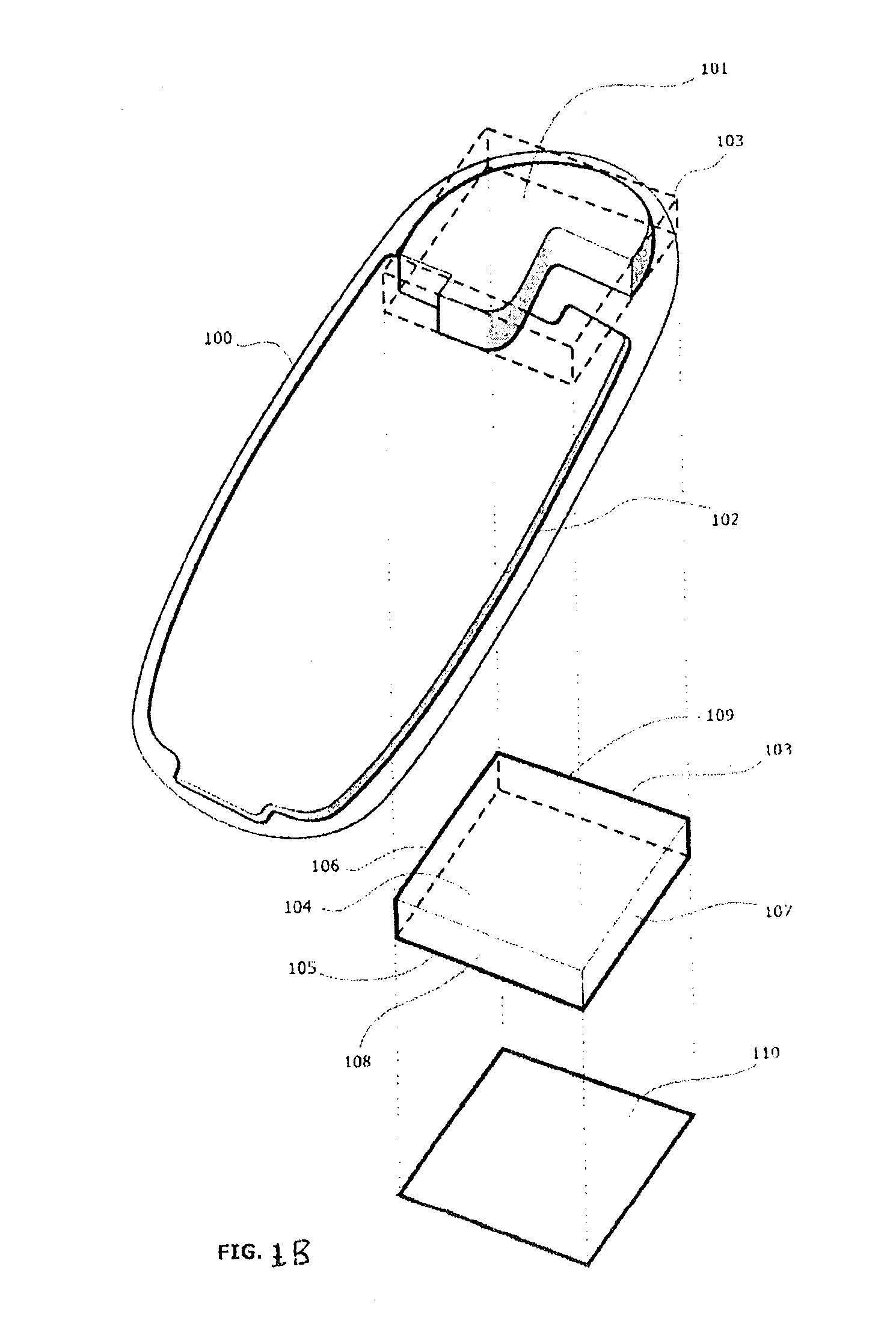Multiple-body-configuration multimedia and smartphone multifunction wireless devices
a multi-body configuration, wireless device technology, applied in the structural forms of radiating elements, substantially flat resonant elements, resonance antennas, etc., can solve the problems of reducing the number of devices. , to achieve the effect of enhancing computing capabilities and efficient integration of musi
- Summary
- Abstract
- Description
- Claims
- Application Information
AI Technical Summary
Benefits of technology
Problems solved by technology
Method used
Image
Examples
illustration examples
[0225]Referring now to FIG. 1B, there is shown a perspective view of a MFWD 100 comprising, in this particular example, only one body. A volume of space 101 within the MFWD 100 is made available for the integration of an antenna system. The MFWD 100 also comprises a multilayer PCB that includes feeding means and / or grounding means. A layer 102 of the PCB serves as a ground plane of the antenna system.
[0226]An antenna box 103 is obtained as a minimum-sized parallelepiped that completely encloses the volume 101. In this example, the antenna box 103 has rectangular faces 104-109. According to the present invention as described above, the structure of the antenna system comes into contact with each of the six (6) faces of the antenna box 104-109 in at least one point of each face. Moreover, the antenna system of MFWD 100 has no portion that extends outside the antenna box 103.
[0227]An antenna rectangle 110 is obtained as the orthogonal projection of the antenna box 103 along the normal ...
PUM
 Login to View More
Login to View More Abstract
Description
Claims
Application Information
 Login to View More
Login to View More - R&D
- Intellectual Property
- Life Sciences
- Materials
- Tech Scout
- Unparalleled Data Quality
- Higher Quality Content
- 60% Fewer Hallucinations
Browse by: Latest US Patents, China's latest patents, Technical Efficacy Thesaurus, Application Domain, Technology Topic, Popular Technical Reports.
© 2025 PatSnap. All rights reserved.Legal|Privacy policy|Modern Slavery Act Transparency Statement|Sitemap|About US| Contact US: help@patsnap.com



